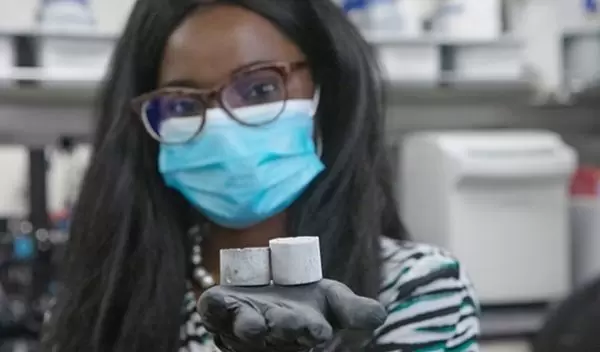
Novel smart cement can be used to build more durable roads and cities
The forces of nature have been outsmarting the materials used to build infrastructure since humans started producing them. Ice and snow turn major roads to rubble every year; foundations of houses crack and crumble, in spite of sturdy construction. In addition to the tons of waste produced by broken bits of concrete, each lane-mile of road costs the U.S. approximately $24,000 per year to keep it in good repair.
Engineers tackling this issue with smart materials -- materials that respond to changes in the environment -- typically enhance the function of materials by increasing the amount of carbon, but doing so makes materials lose some mechanical performance. By introducing nanoparticles into ordinary cement, Northwestern University researchers funded by the U.S. National Science Foundation have formed a smarter, more durable and highly functional cement.
The research was published in the journal Philosophical Transactions of the Royal Society A.
With cement being the most widely consumed material globally and the cement industry accounting for 8% of human-caused greenhouse gas emissions, civil and environmental engineer Ange-Therese Akono turned to nano-reinforced cement to look for a solution. Akono, the lead author of the study, said nanomaterials reduce the carbon footprint of cement composites, but until now, little was known about their impact on fracture behavior.
"The role of nanoparticles in this application has not been understood before now, so this is a major breakthrough," Akono said. Traditional fracture testing, in which a series of light beams is cast onto a large block of material, involves lots of time and materials and seldom leads to the discovery of new materials.
By using an innovative method called scratch testing, Akono and colleagues efficiently formed predictions on the material's properties in a fraction of the time. The method tests fracture response by applying a conical probe with increasing vertical force against the surface of microscopic bits of cement. Akono said it requires less material and accelerates the discovery of new ones.
